Rows or Raised Beds - Pros and Cons
jusme_newby
12 years ago
Featured Answer
Sort by:Oldest
Comments (27)
nc_crn
12 years agolast modified: 9 years agoRelated Professionals
Allentown Landscape Architects & Landscape Designers · Eden Prairie Landscape Architects & Landscape Designers · Saint Louis Park Landscape Architects & Landscape Designers · Harvey Landscape Architects & Landscape Designers · Cary Landscape Contractors · Fairview Landscape Contractors · Forest Hills Landscape Contractors · Hawthorne Landscape Contractors · Longmont Landscape Contractors · Pahrump Landscape Contractors · Vallejo Landscape Contractors · Markham Landscape Contractors · Vadnais Heights Landscape Contractors · Cincinnati Driveway Installation & Maintenance · Indio Driveway Installation & Maintenancemacky77
12 years agolast modified: 9 years agojohnmac09
12 years agolast modified: 9 years agobi11me
12 years agolast modified: 9 years agobi11me
12 years agolast modified: 9 years agoplanatus
12 years agolast modified: 9 years agodigdirt2
12 years agolast modified: 9 years agowayne_5 zone 6a Central Indiana
12 years agolast modified: 9 years agosunnibel7 Md 7
12 years agolast modified: 9 years agoleira
12 years agolast modified: 9 years agojusme_newby
12 years agolast modified: 9 years agodefrost49
12 years agolast modified: 9 years agonancyjane_gardener
12 years agolast modified: 9 years agoharveyhorses
12 years agolast modified: 9 years agonatal
12 years agolast modified: 9 years agojusme_newby
12 years agolast modified: 9 years agoRathos
12 years agolast modified: 9 years agocapoman
12 years agolast modified: 9 years agolavender_lass
12 years agolast modified: 9 years agomacky77
12 years agolast modified: 9 years agomacky77
12 years agolast modified: 9 years agobi11me
12 years agolast modified: 9 years agosunnibel7 Md 7
12 years agolast modified: 9 years ago4hleader
12 years agolast modified: 9 years agoRpR_
12 years agolast modified: 9 years agogirlgroupgirl
12 years agolast modified: 9 years ago
Related Stories
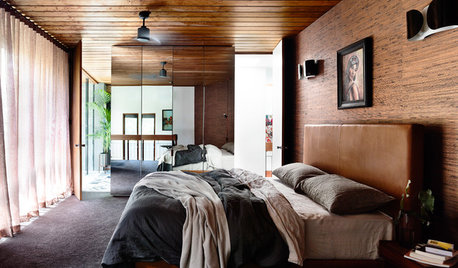
FEEL-GOOD HOMEThe Pros and Cons of Making Your Bed Every Day
Houzz readers around the world share their preferences, while sleep and housekeeping experts weigh in with advice
Full Story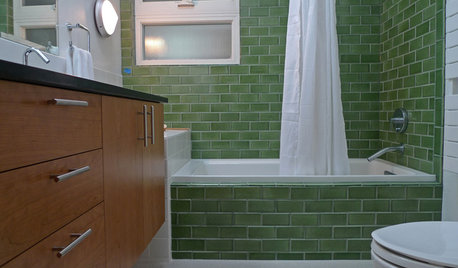
BATHROOM DESIGNBathroom Surfaces: Ceramic Tile Pros and Cons
Learn the facts on this popular material for bathroom walls and floors, including costs and maintenance needs, before you commit
Full Story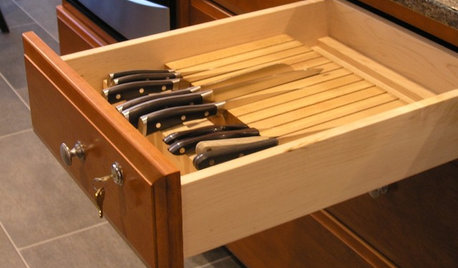
REMODELING GUIDESFrom the Pros: 8 Reasons Kitchen Renovations Go Over Budget
We asked kitchen designers to tell us the most common budget-busters they see
Full Story
GARDENING GUIDES8 Materials for Raised Garden Beds
Get the dirt on classic and new options for raised vegetable and plant beds, to get the most from your year-round garden
Full Story
FARM YOUR YARDHow to Build a Raised Bed for Your Veggies and Plants
Whether you’re farming your parking strip or beautifying your backyard, a planting box you make yourself can come in mighty handy
Full Story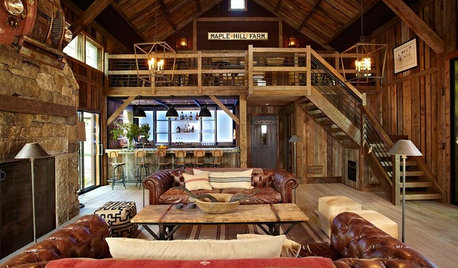
BARN HOMES12 Bar-Raising Barns
Homeowners make hay out of renovated, reclaimed and newly raised outbuildings
Full Story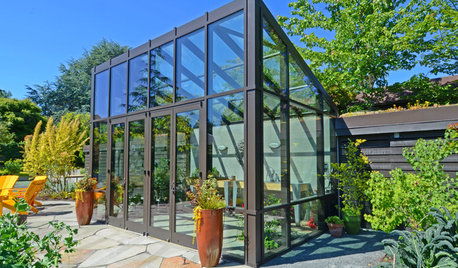
PATIO OF THE WEEKA Cozy Backyard Escape Warms Seattle Gardeners
Bold hues, a green roof, a functional greenhouse, a fire pit, an arbor and raised beds create a harmonious modern garden
Full Story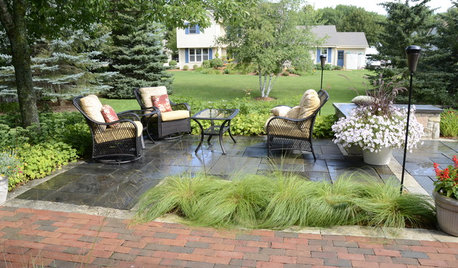
LANDSCAPE DESIGN5 Reasons to Consider a Landscape Design-Build Firm for Your Project
Hiring one company to do both design and construction can simplify the process. Here are pros and cons for deciding if it's right for you
Full Story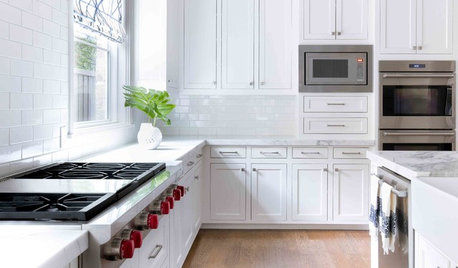
KITCHEN APPLIANCES9 Places to Put the Microwave in Your Kitchen
See the pros and cons of locating your microwave above, below and beyond the counter
Full Story
THE HARDWORKING HOMEWhere to Put the Laundry Room
The Hardworking Home: We weigh the pros and cons of washing your clothes in the basement, kitchen, bathroom and more
Full StoryMore Discussions







bi11me